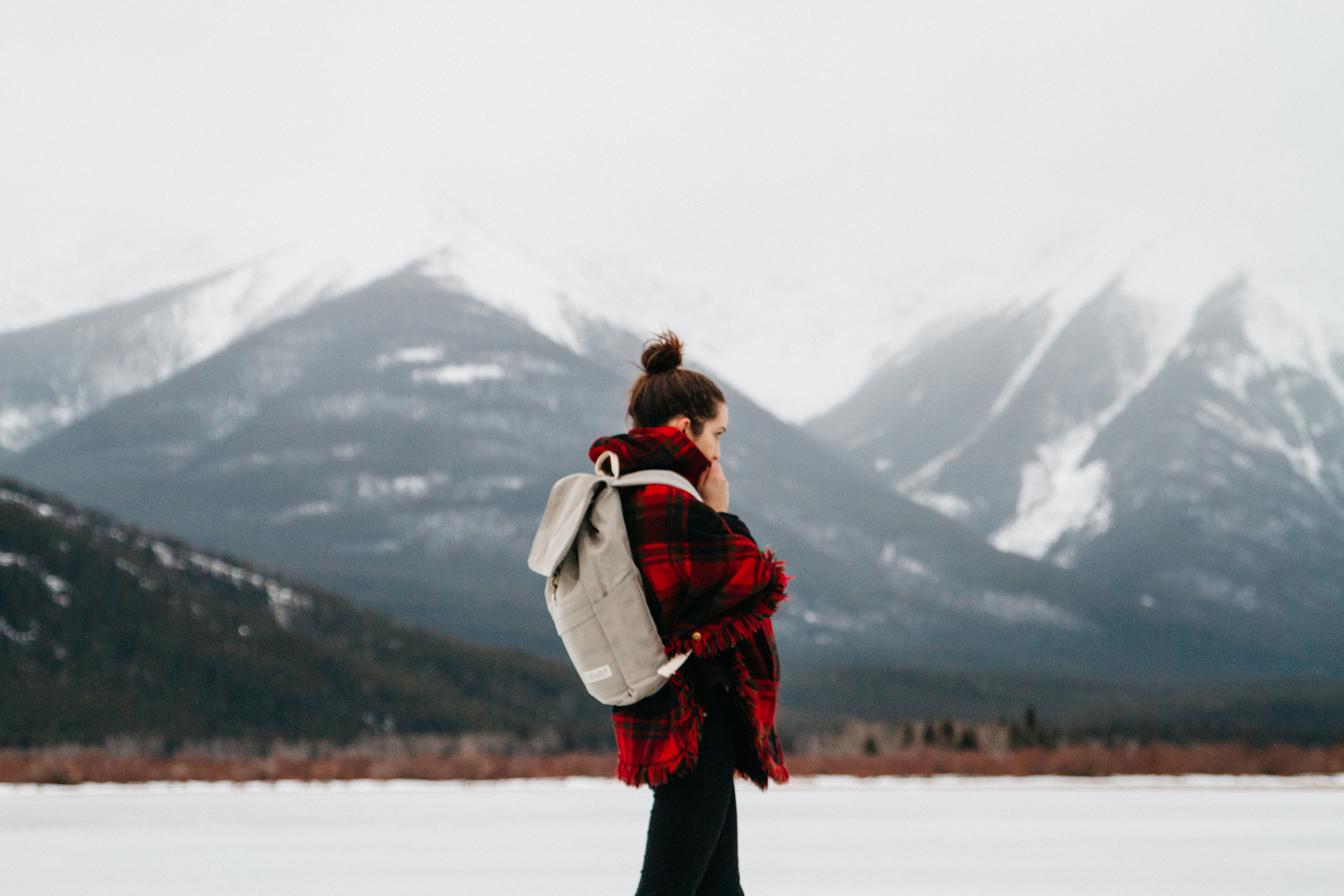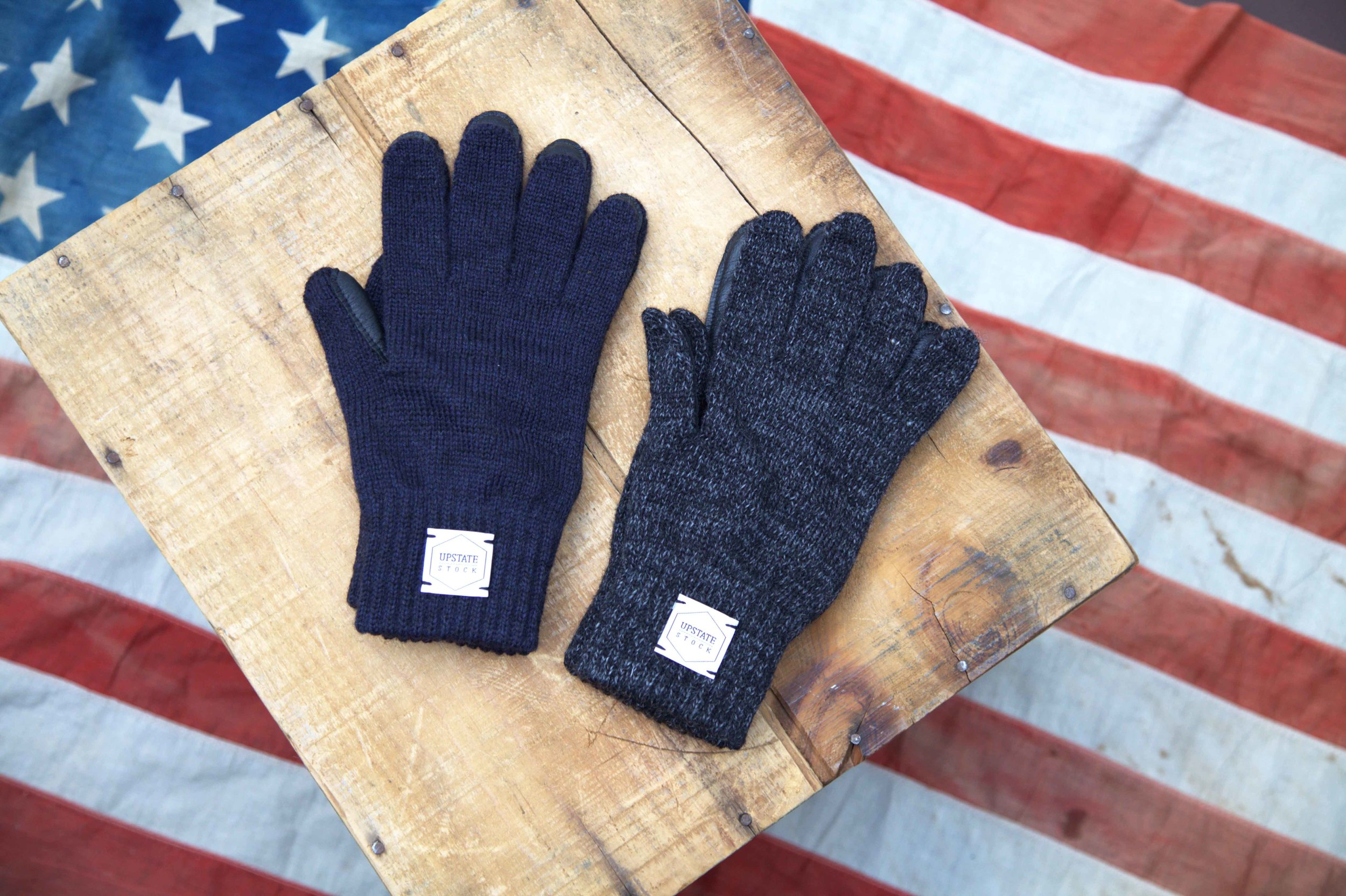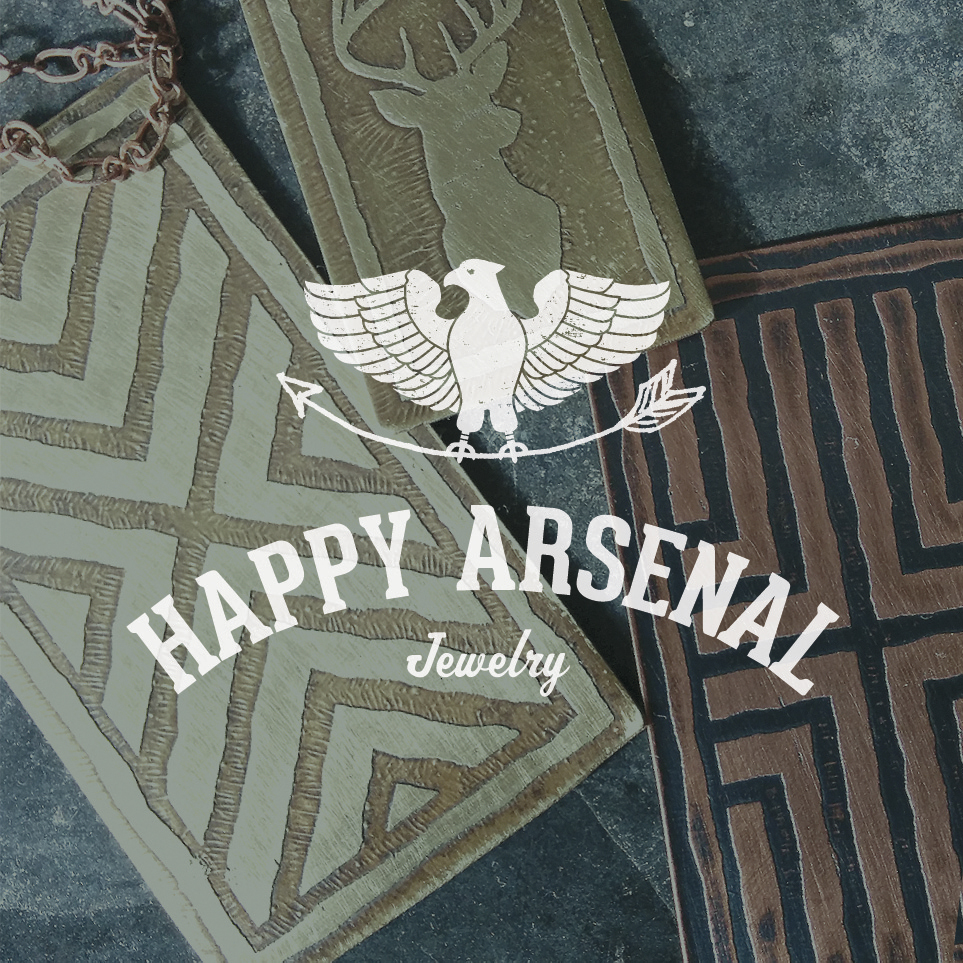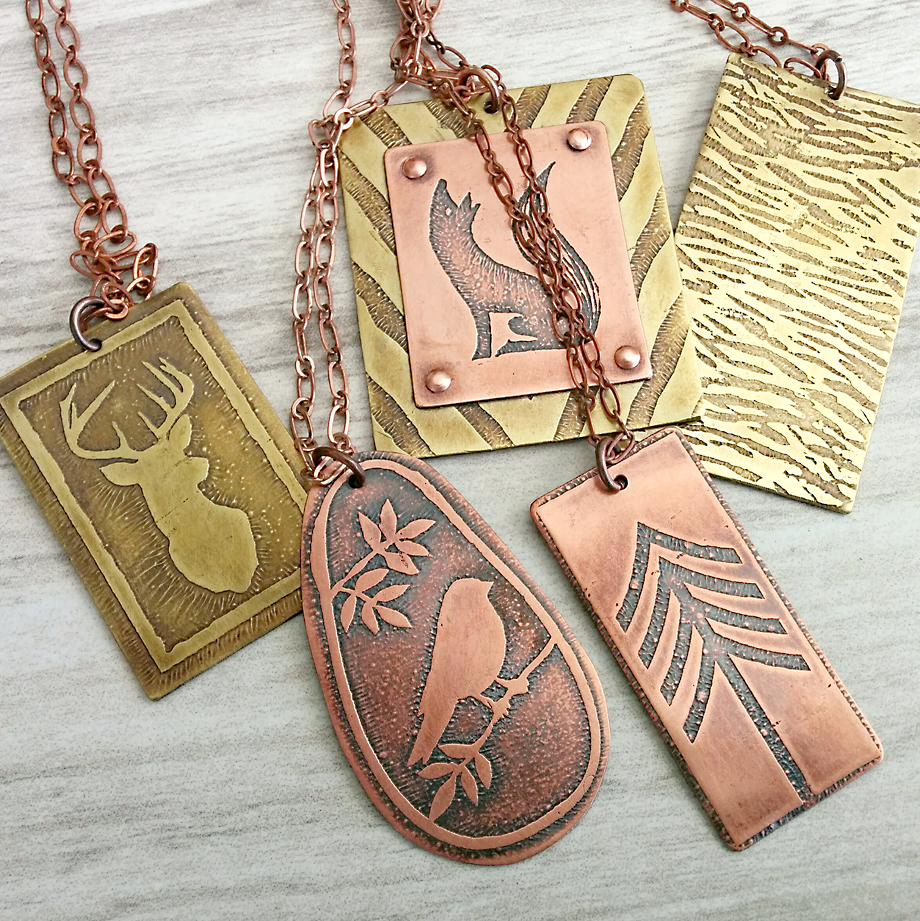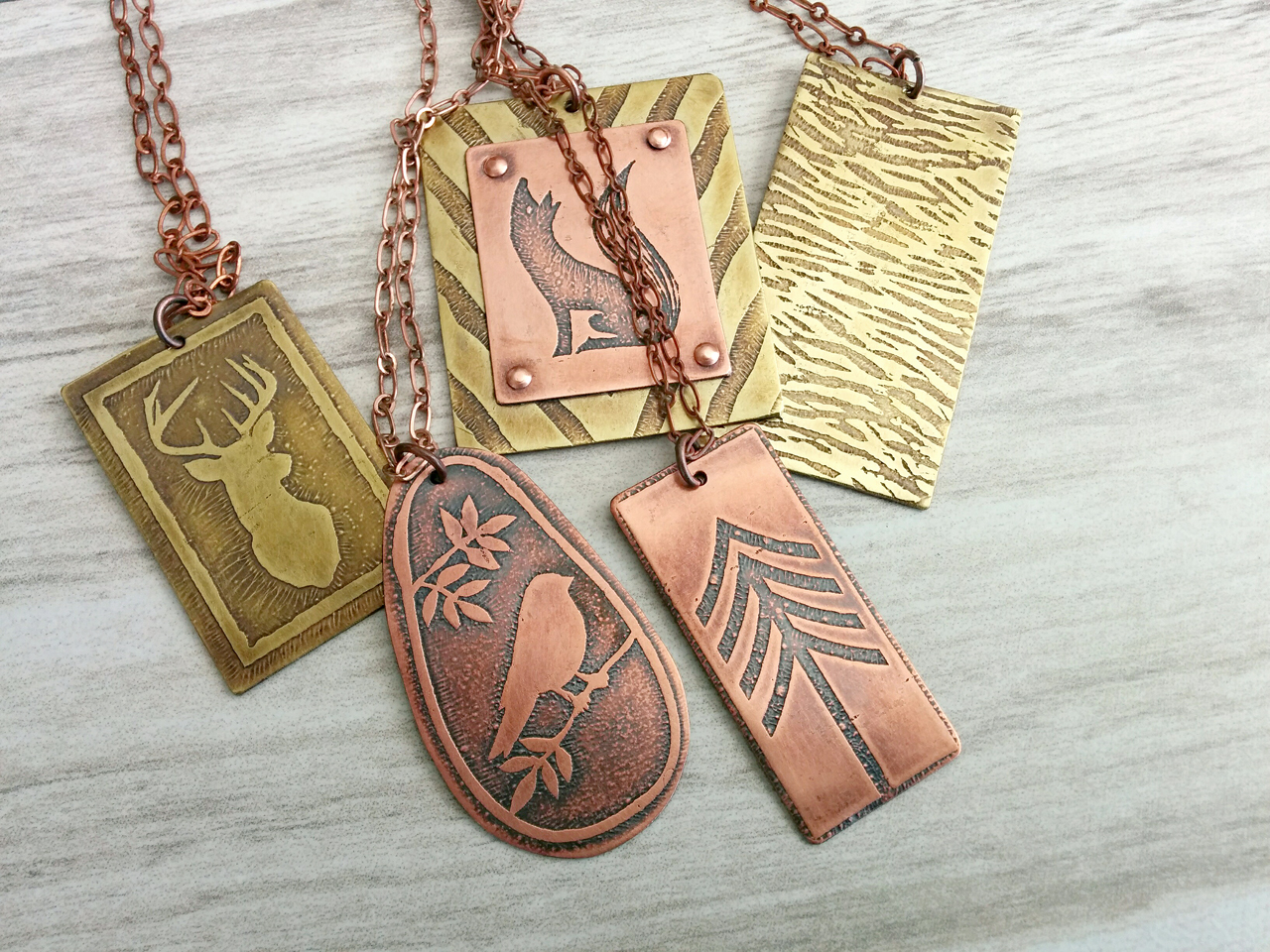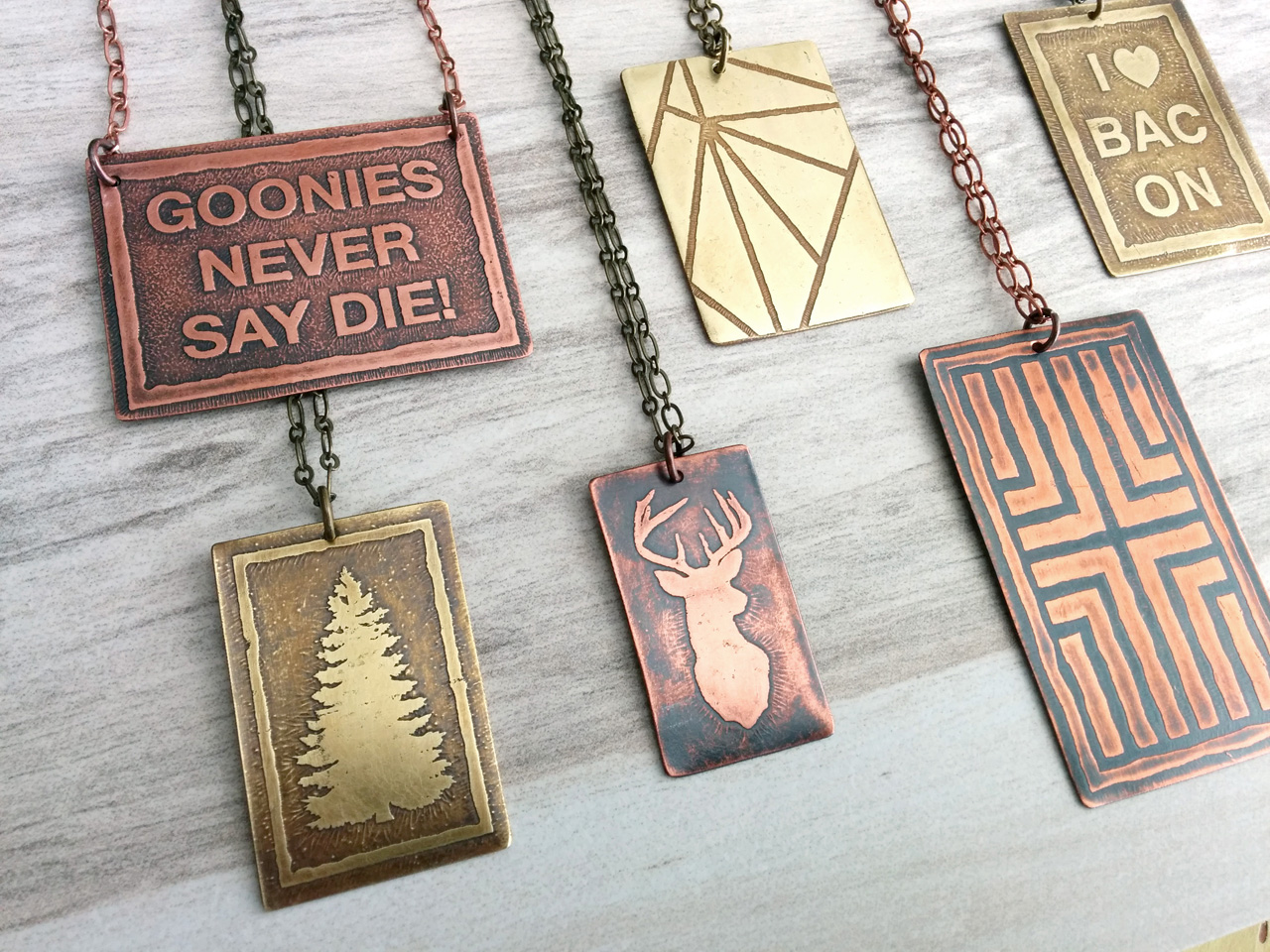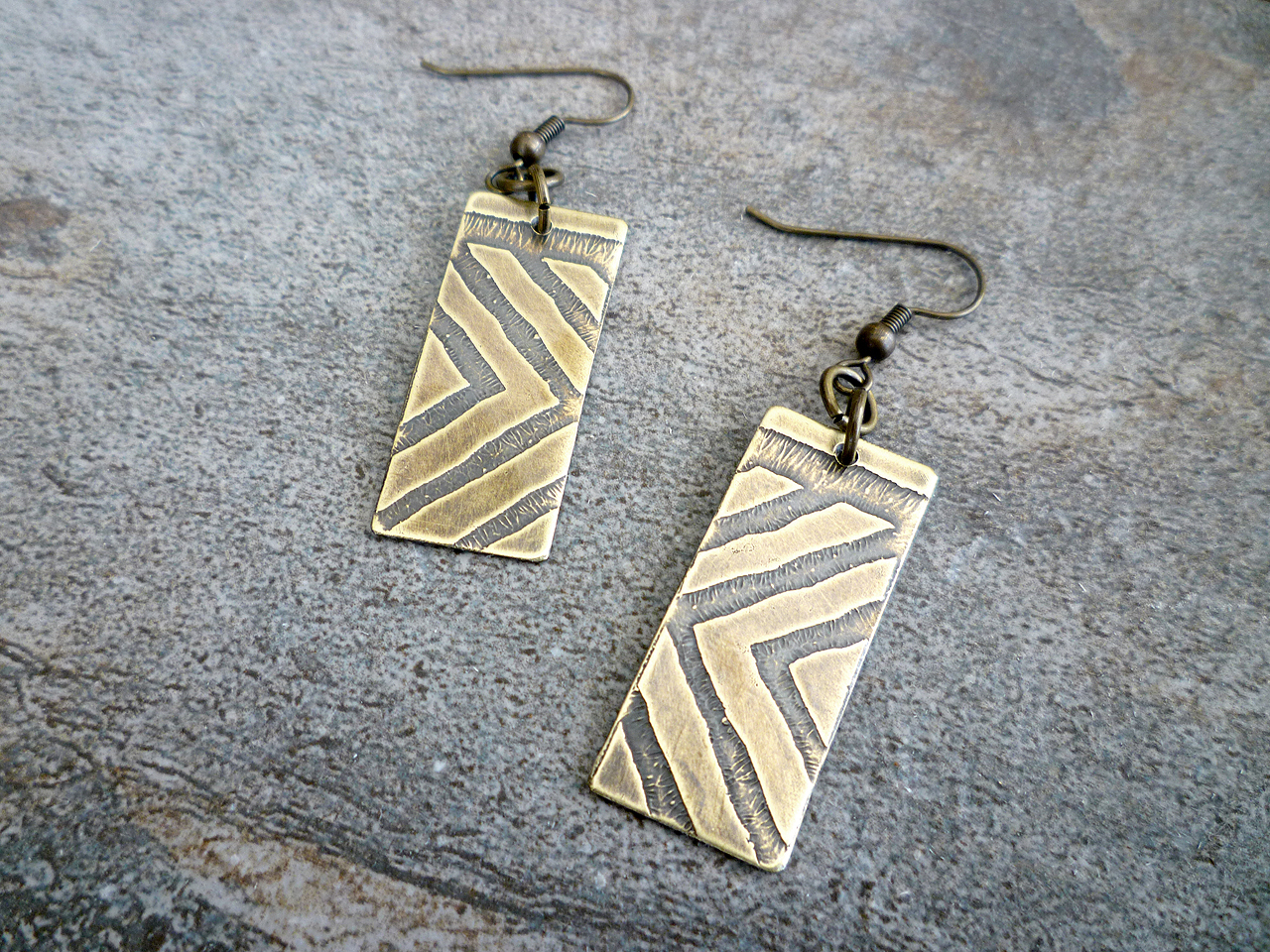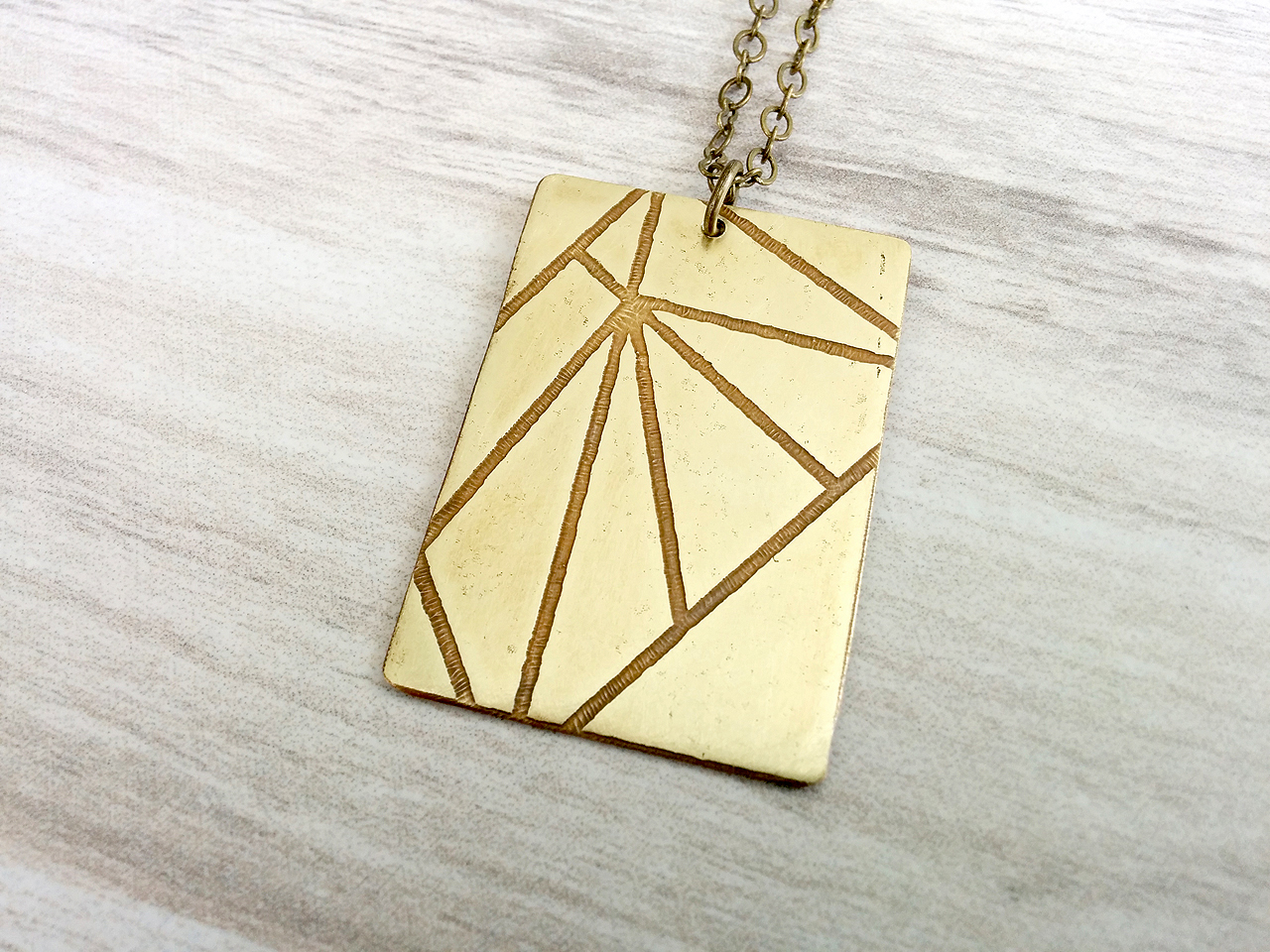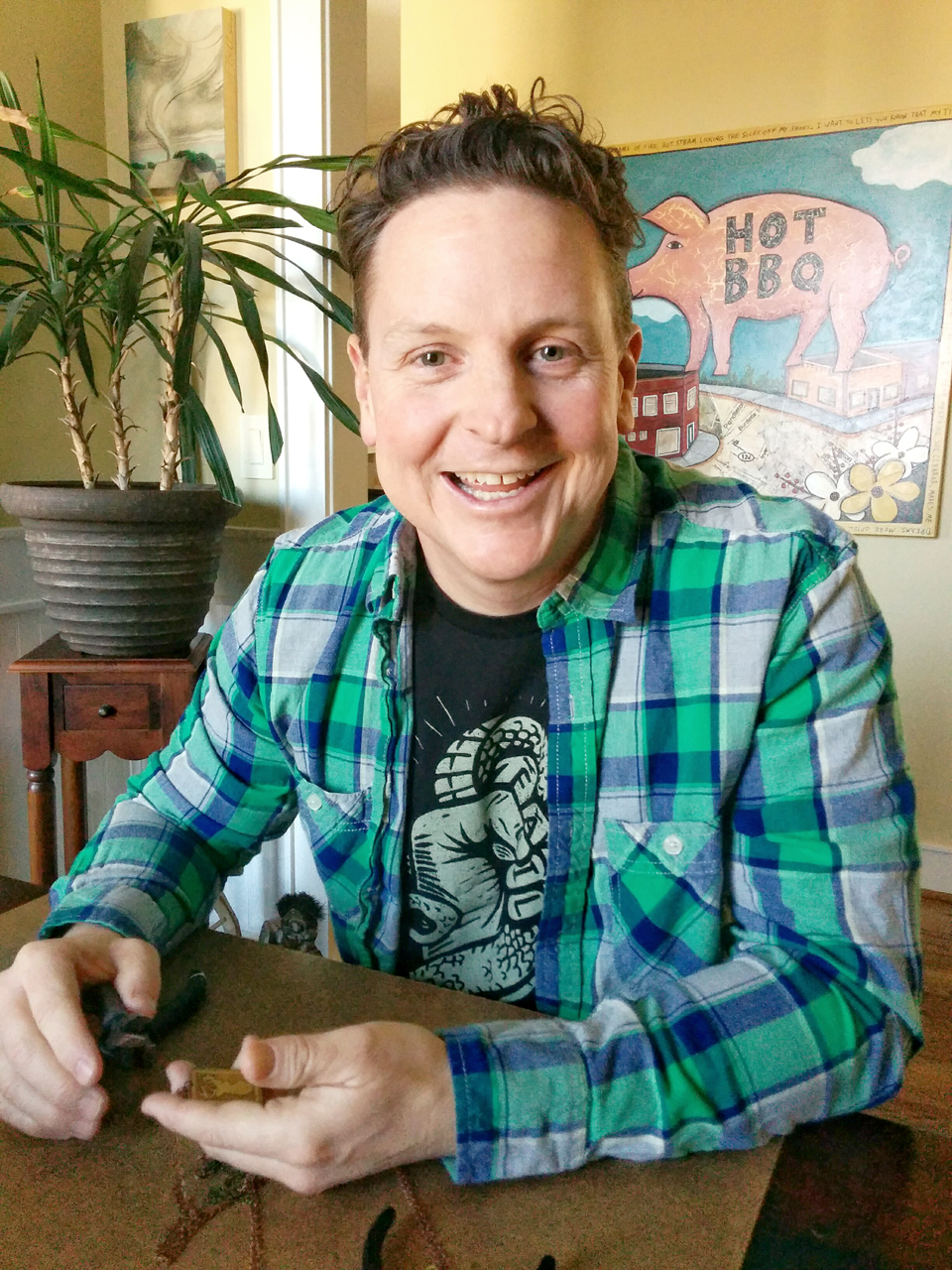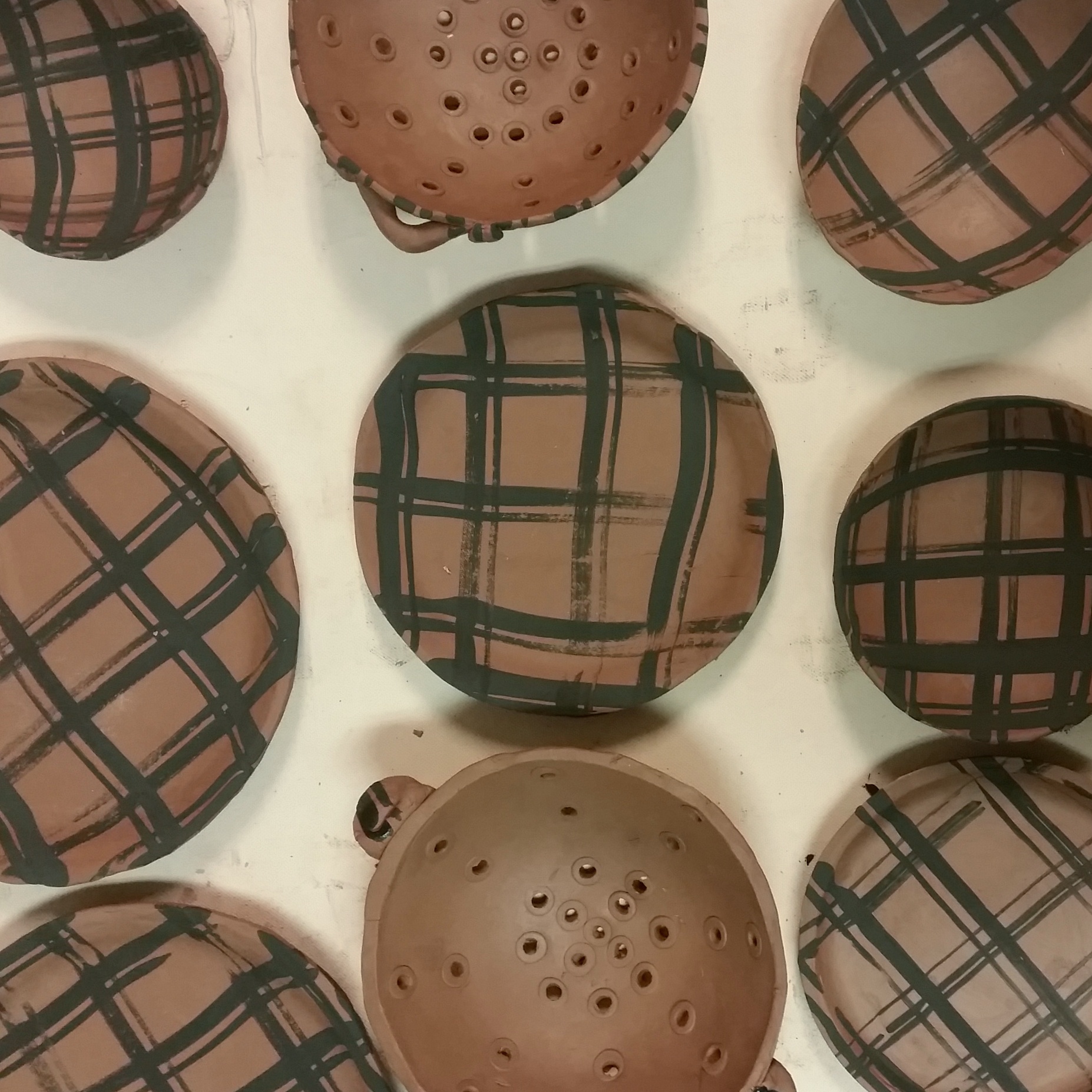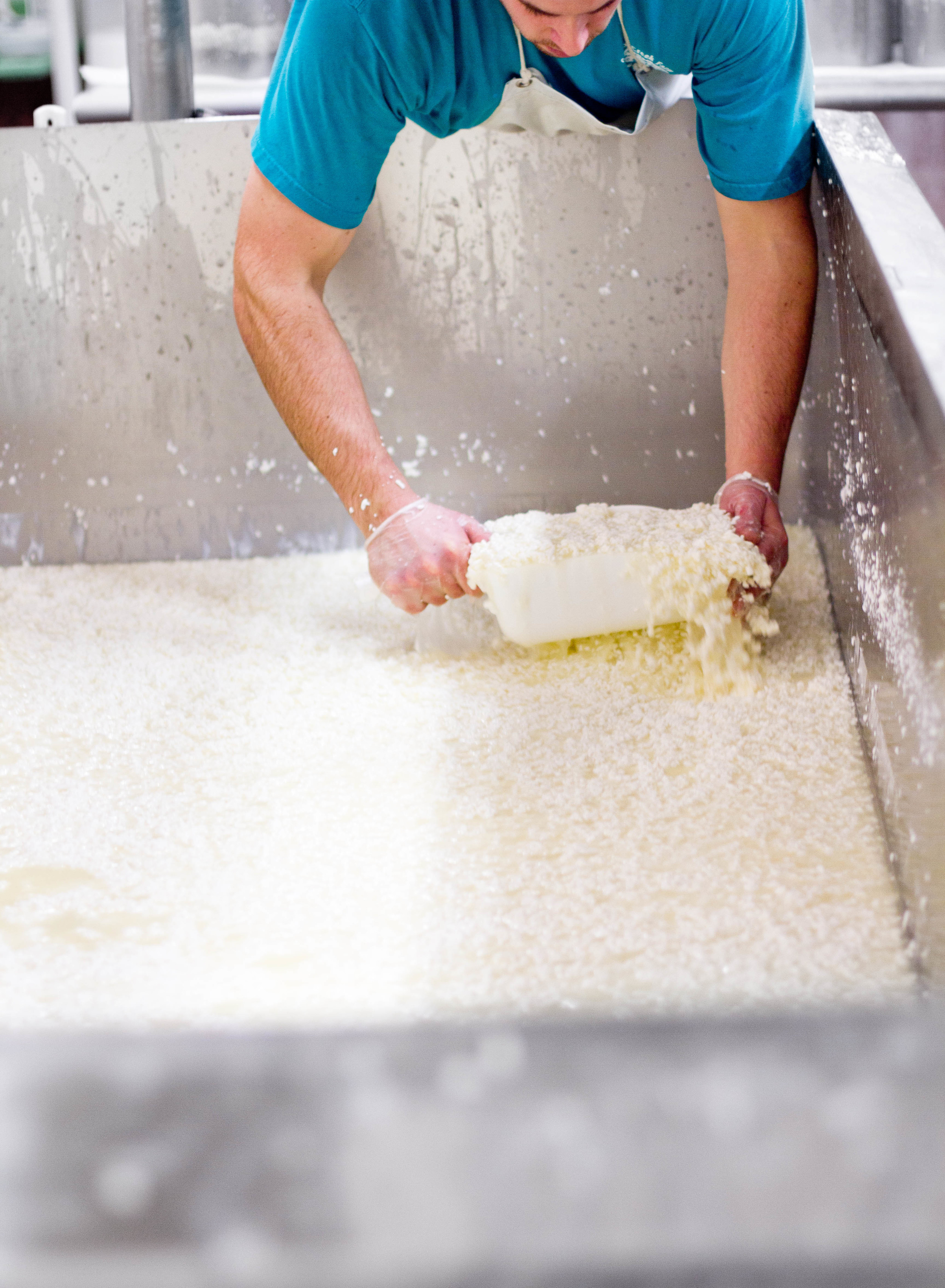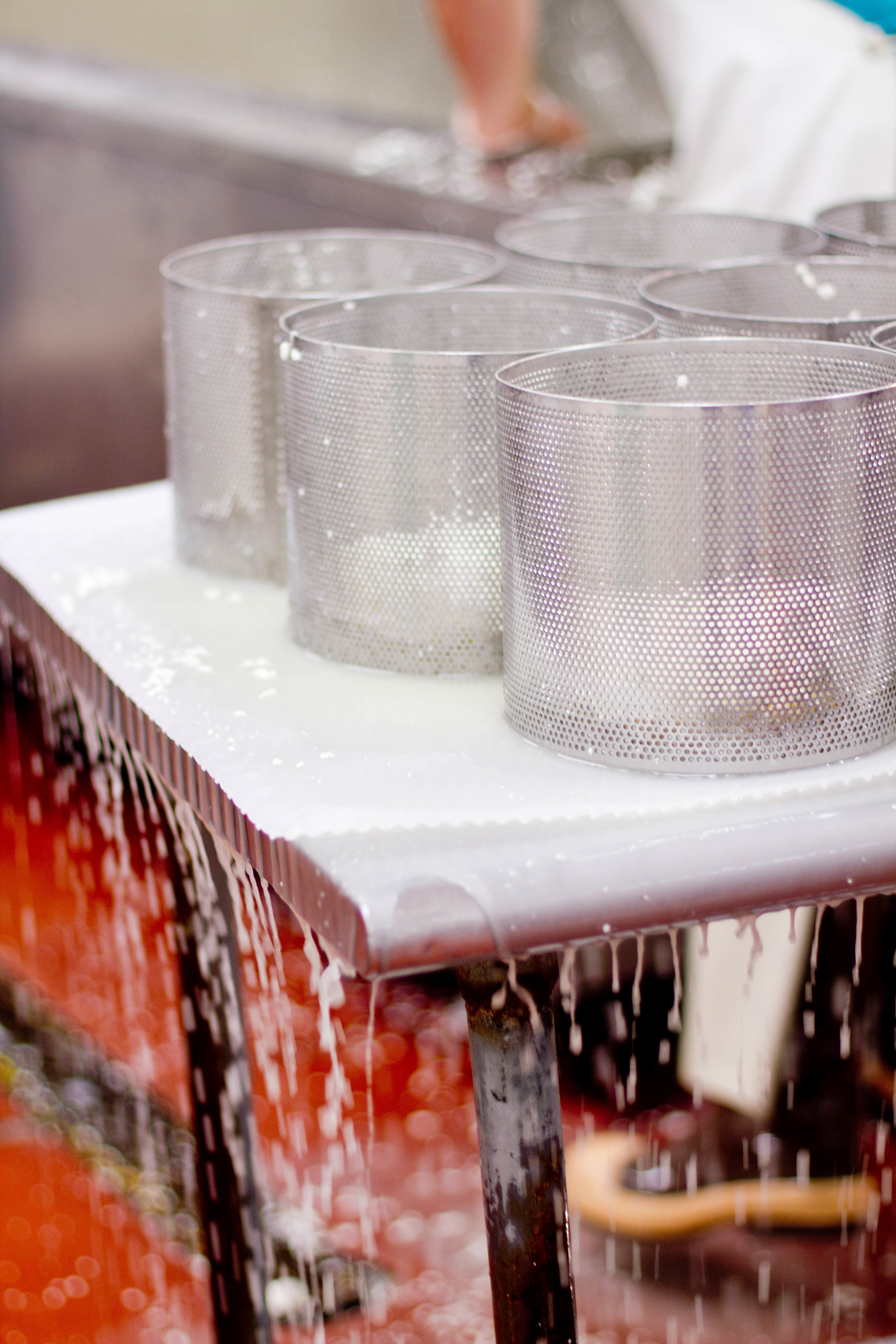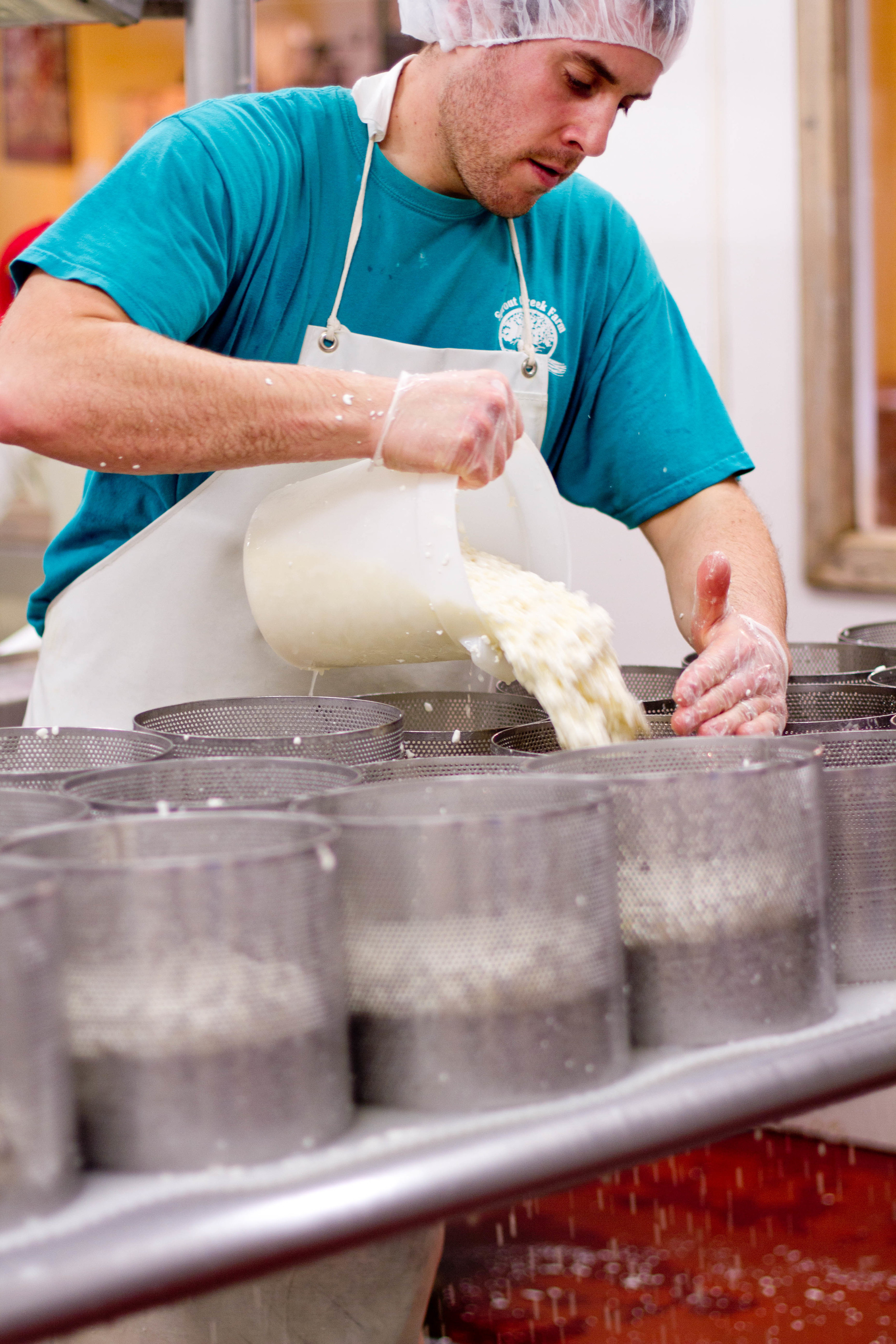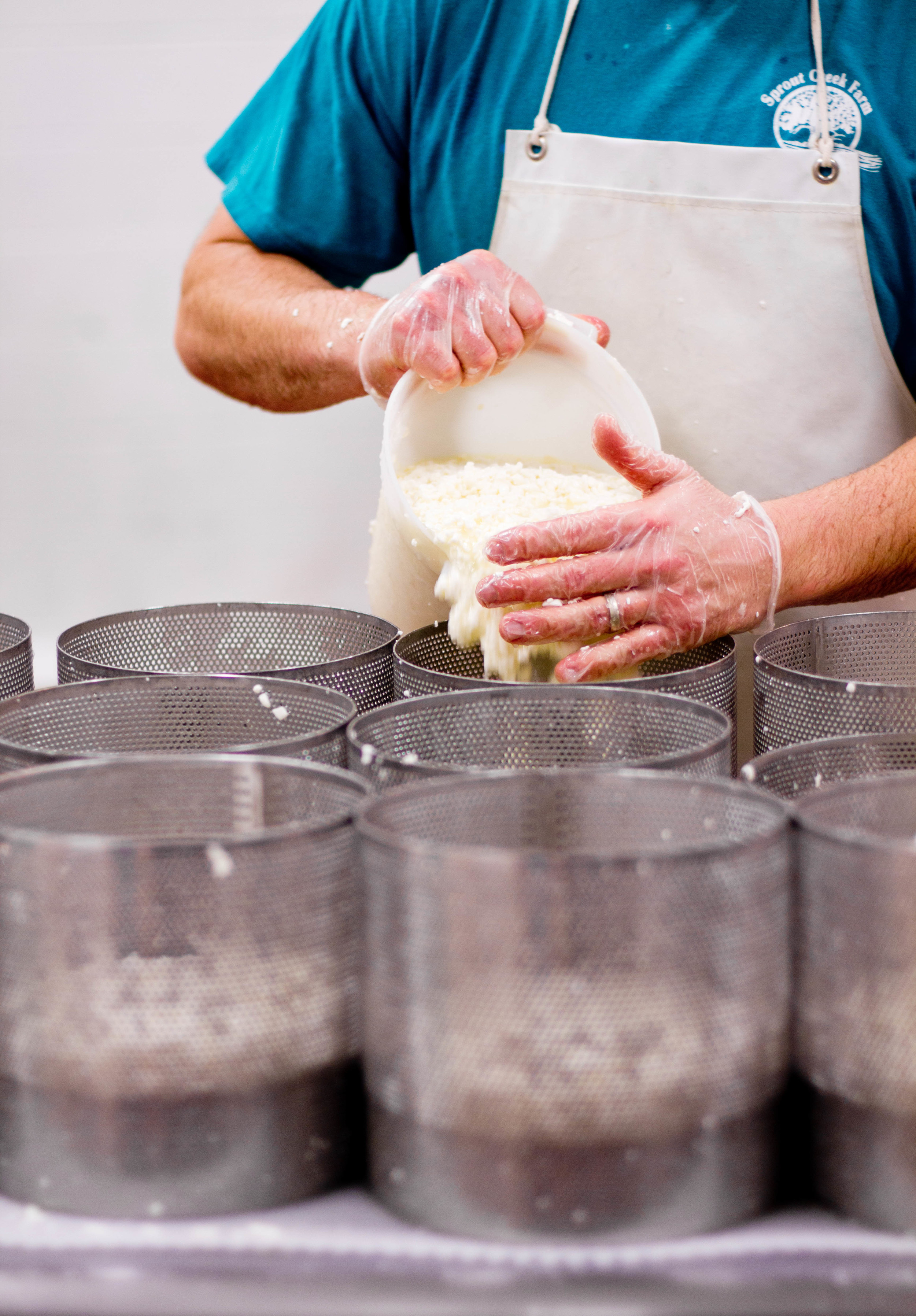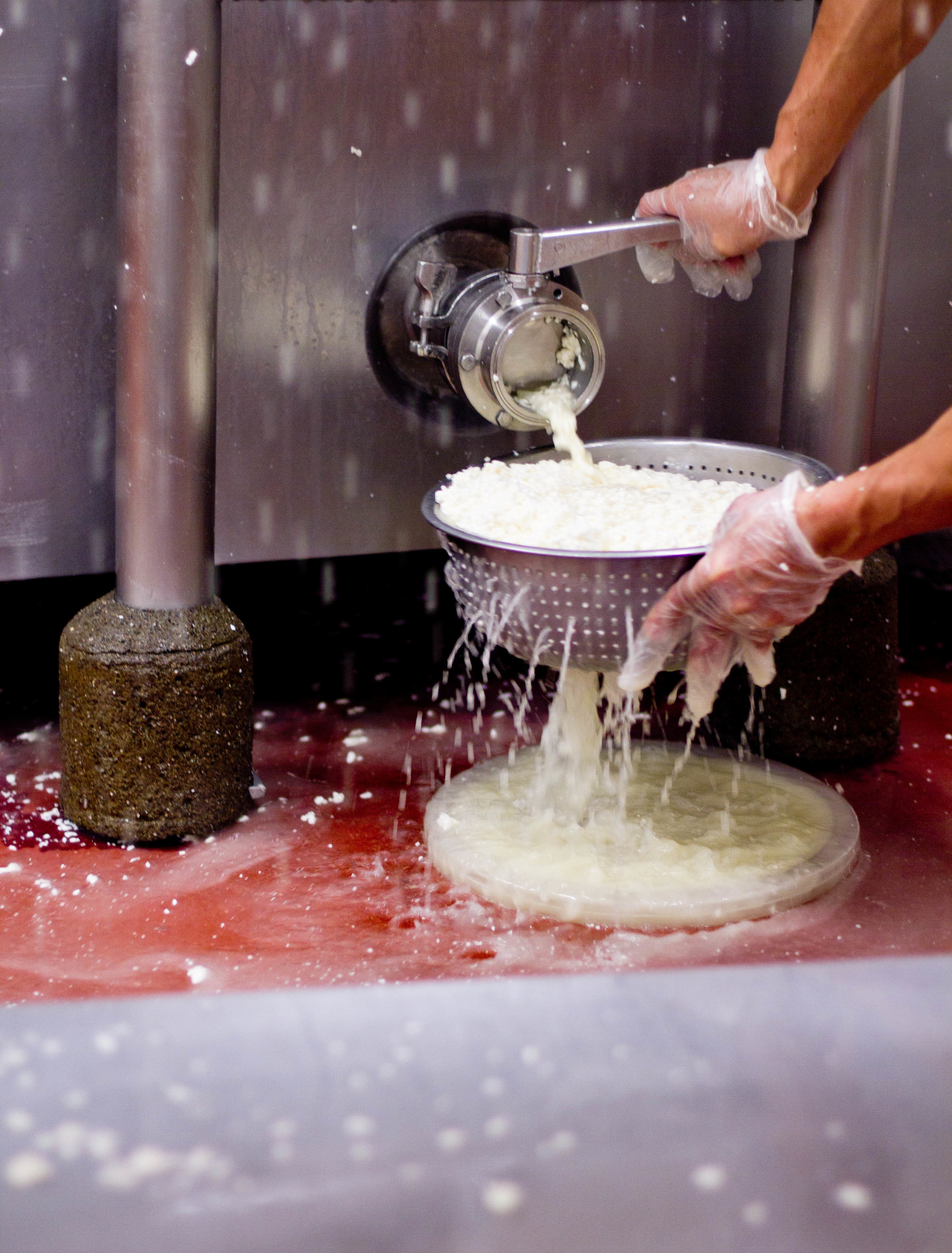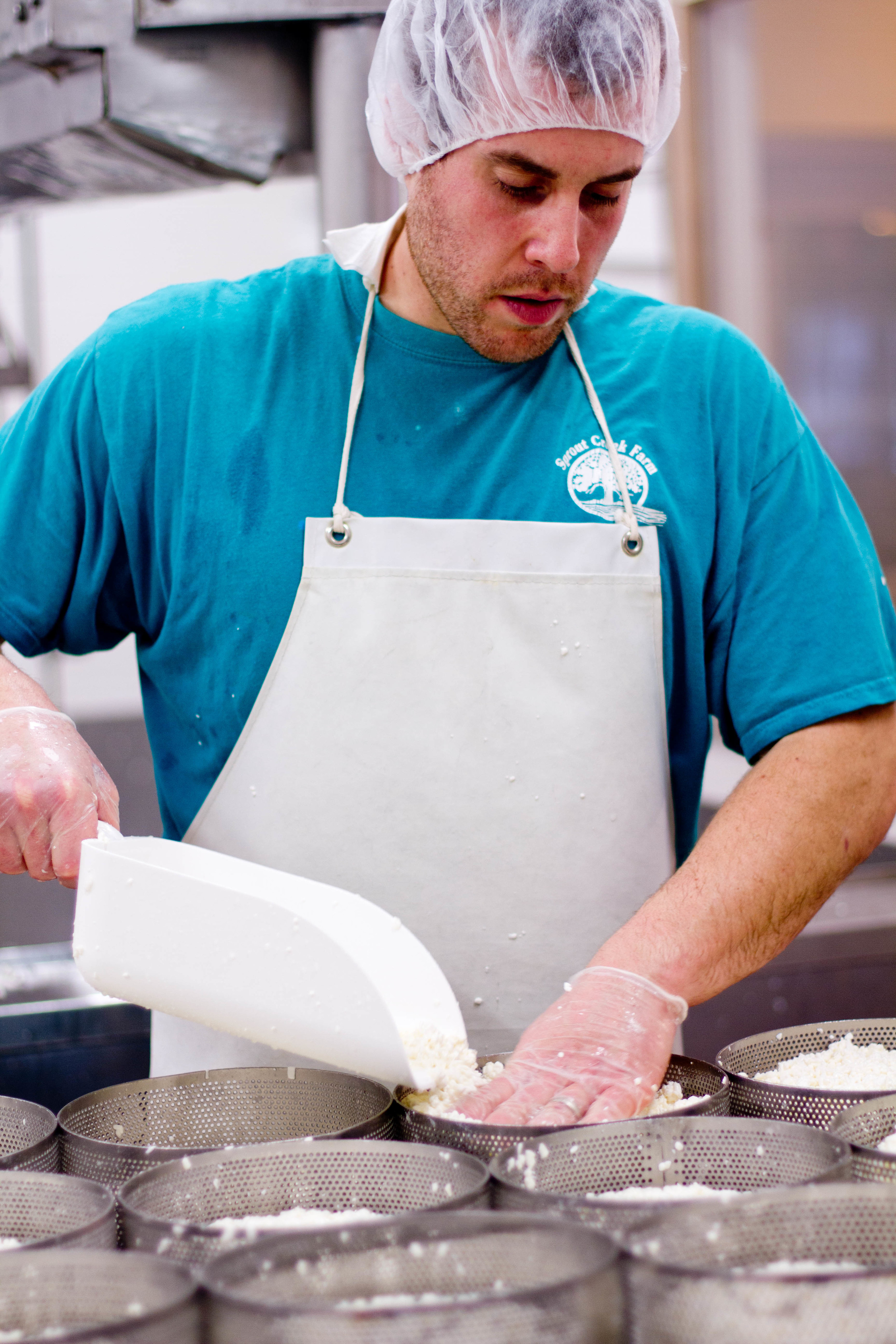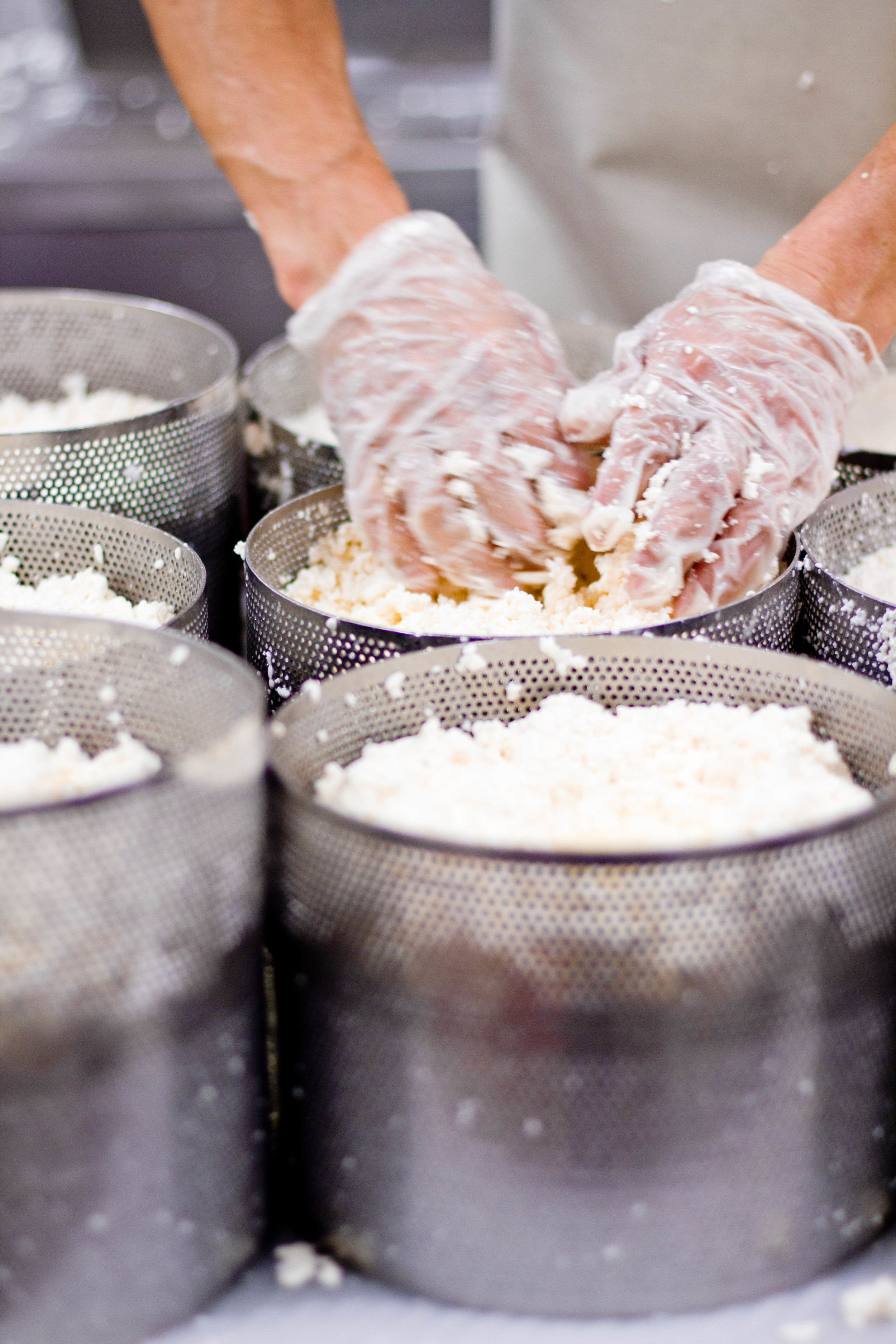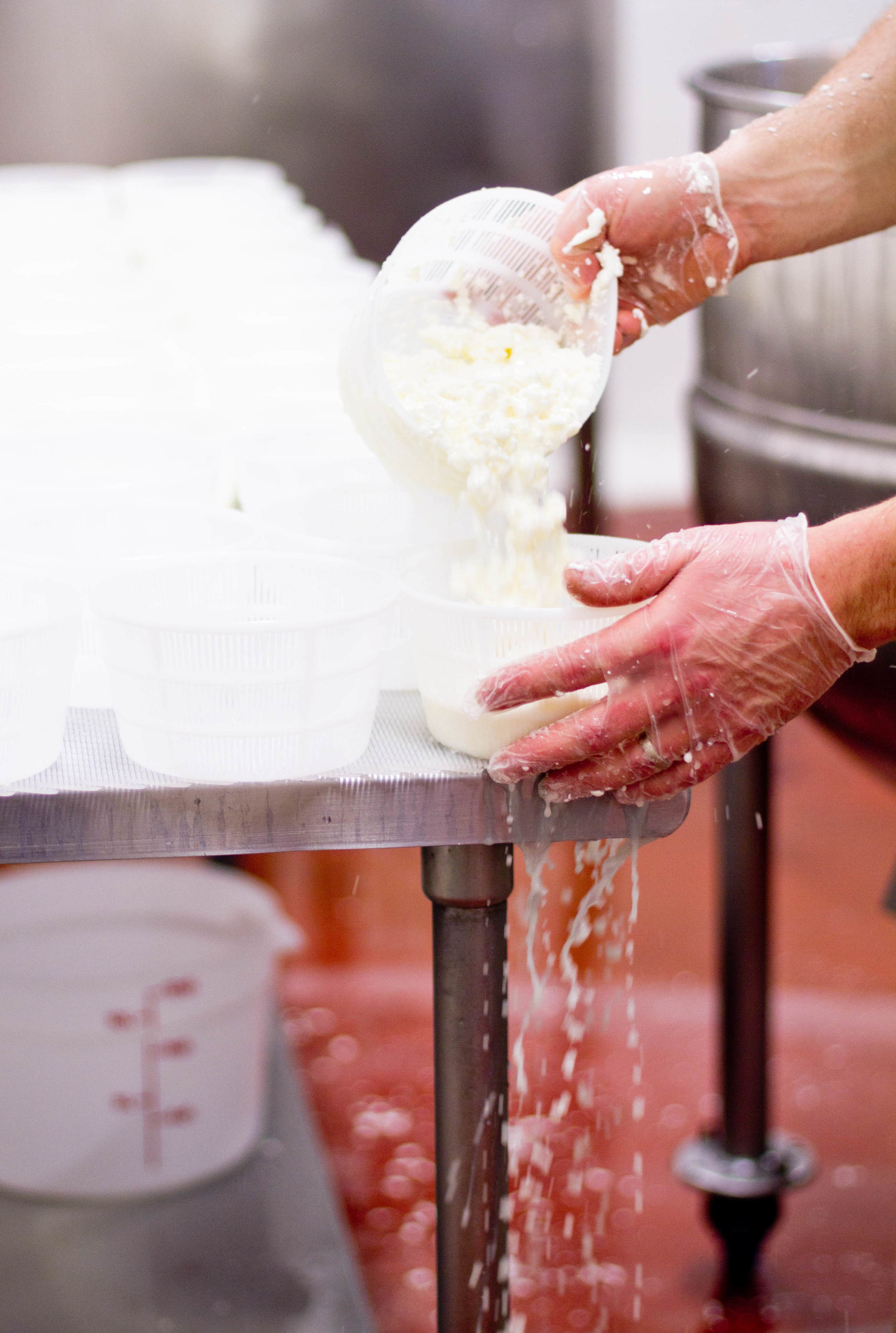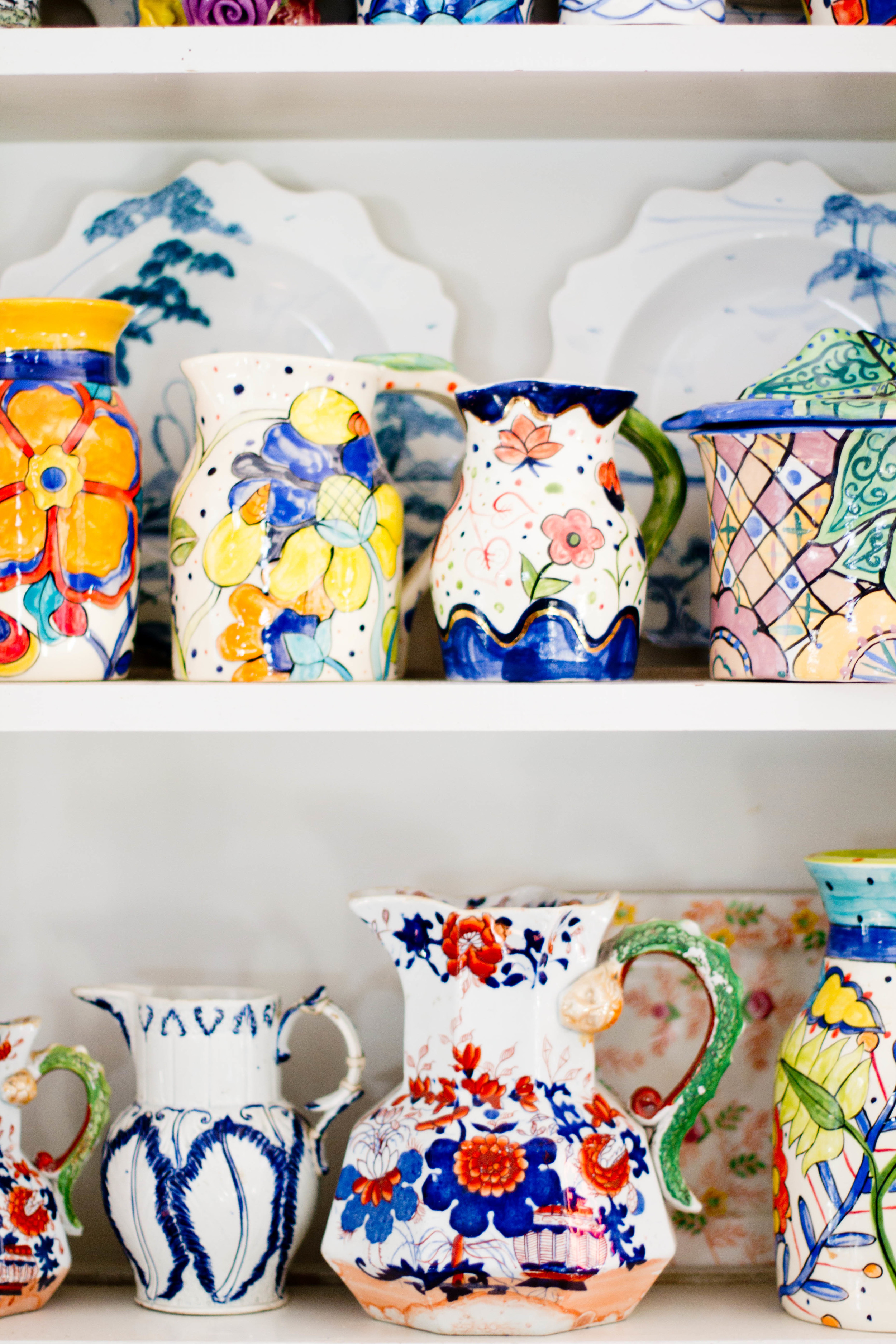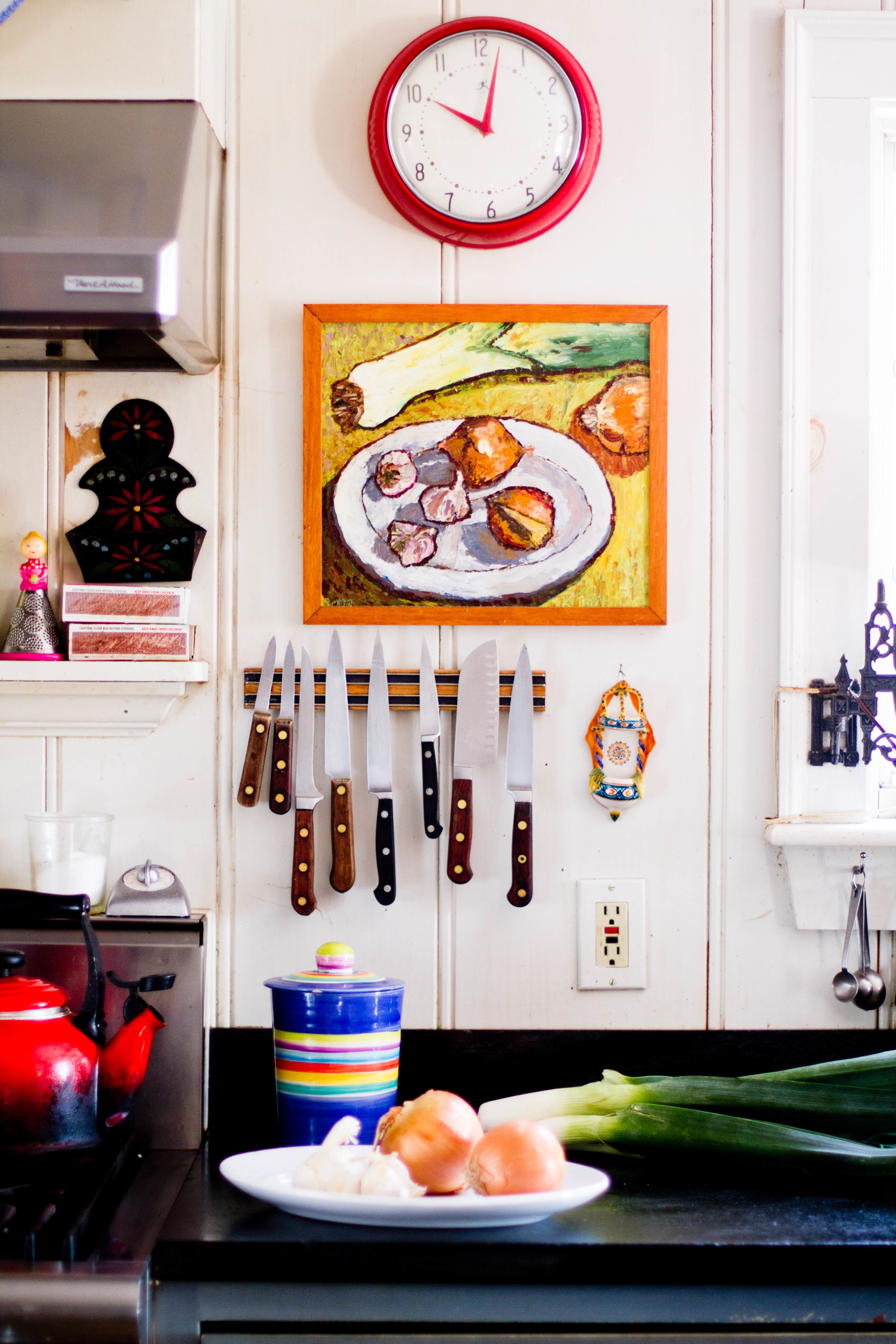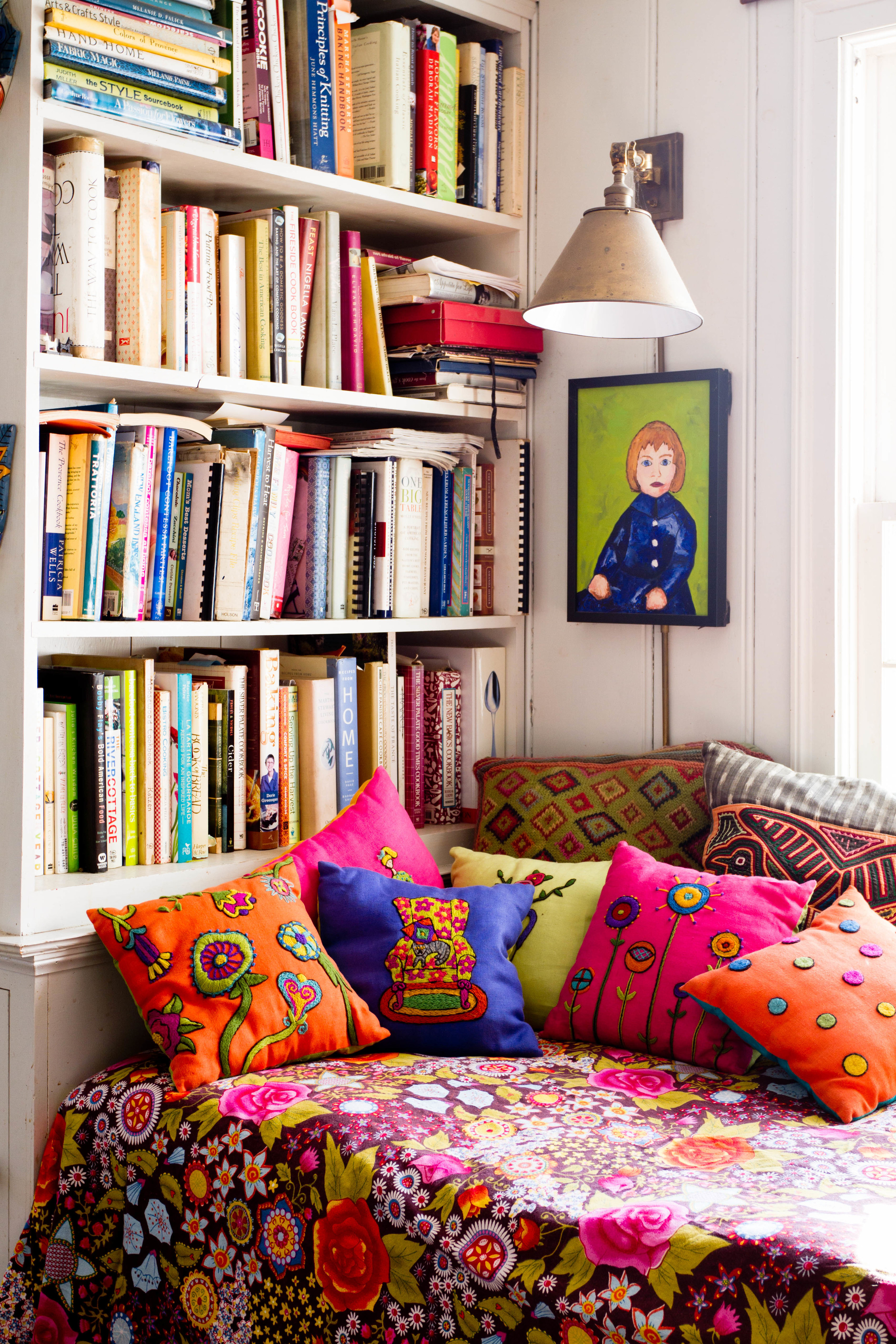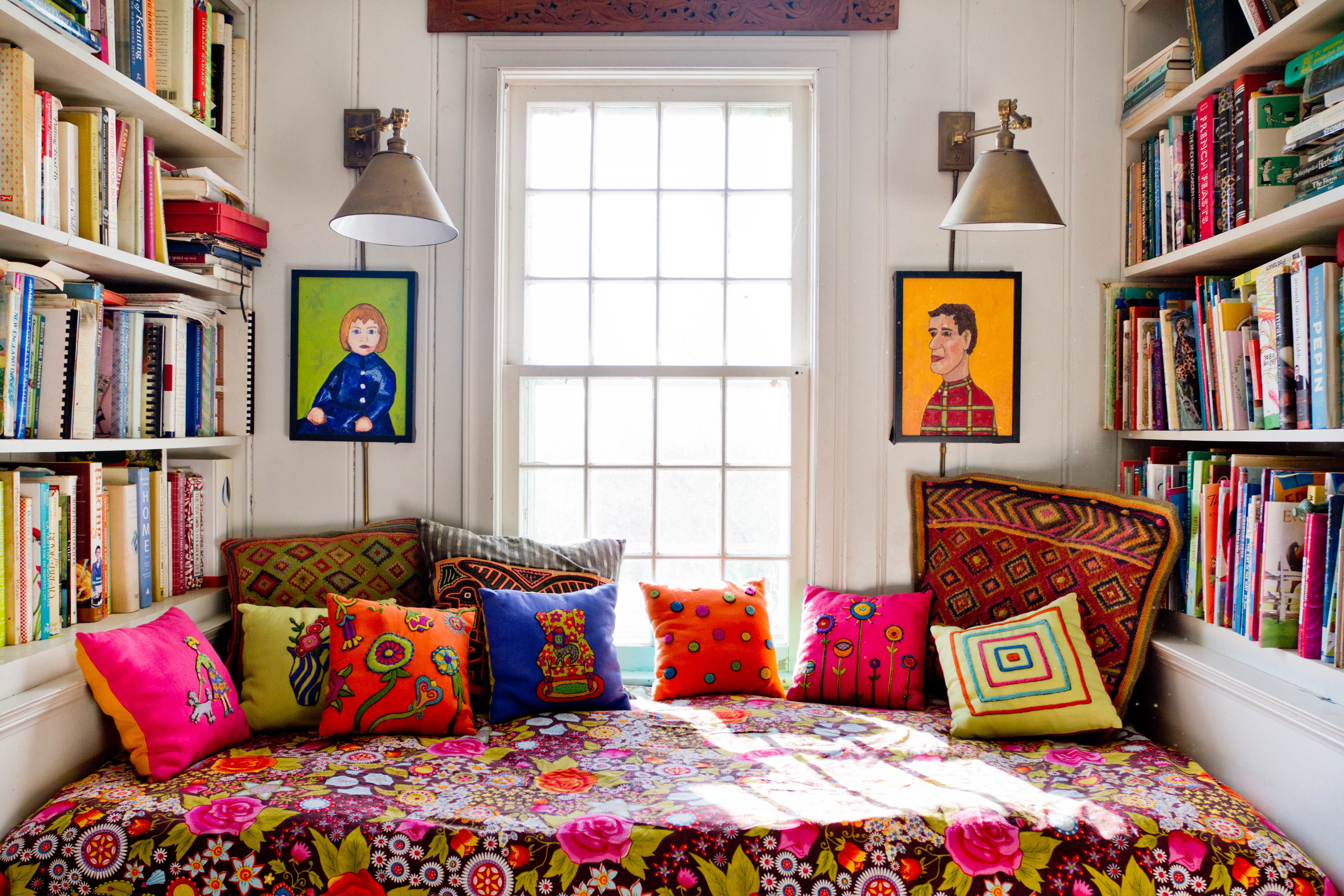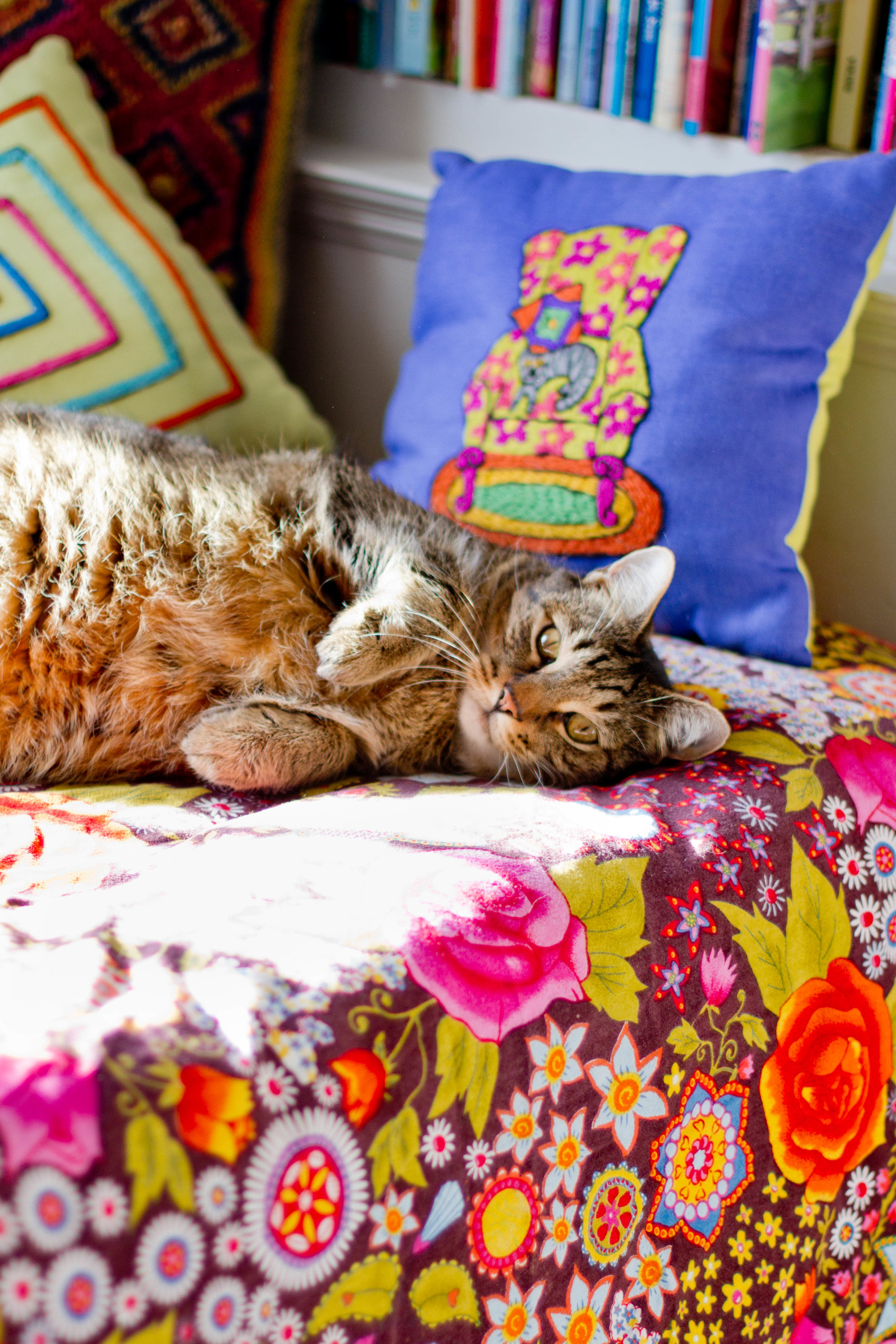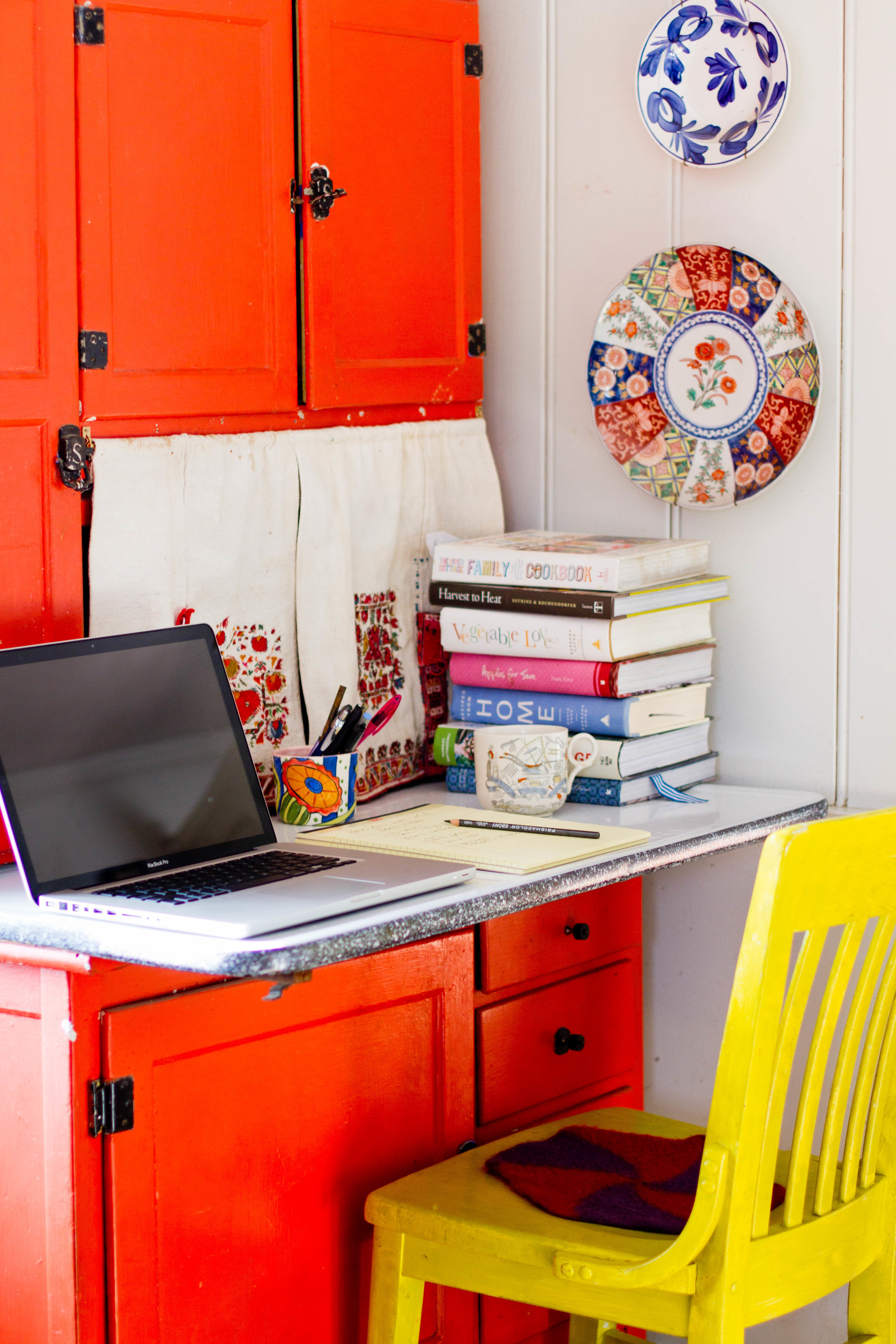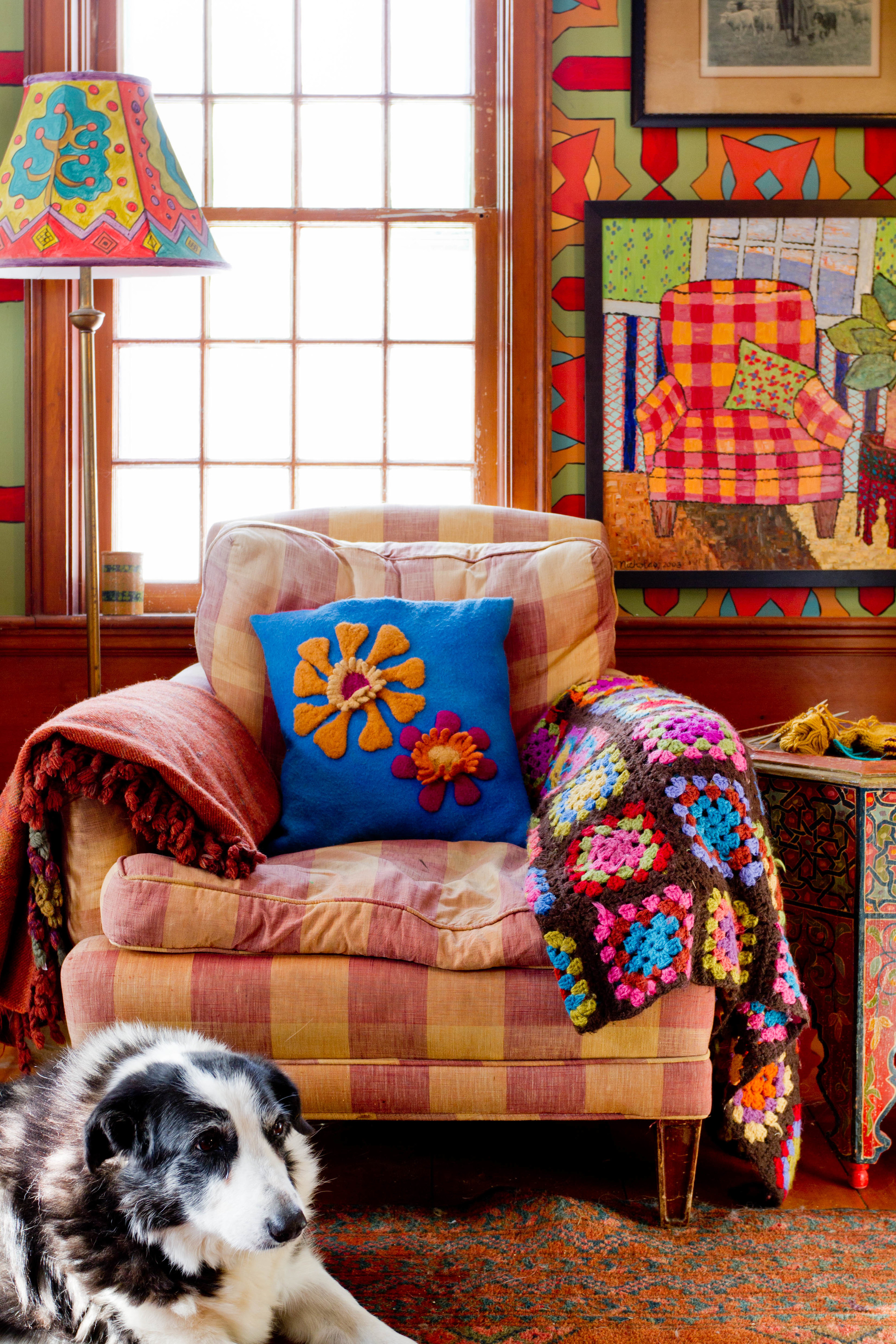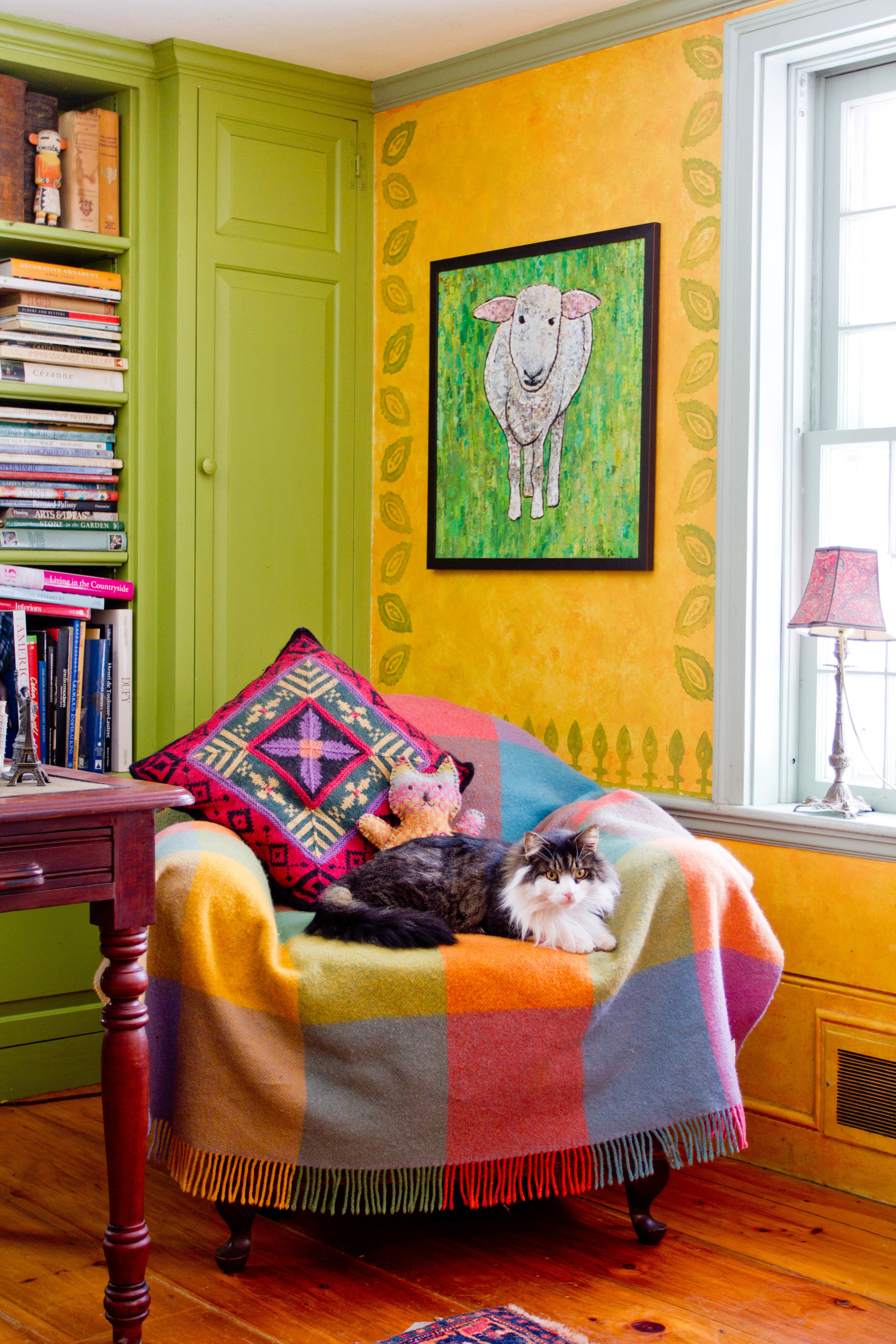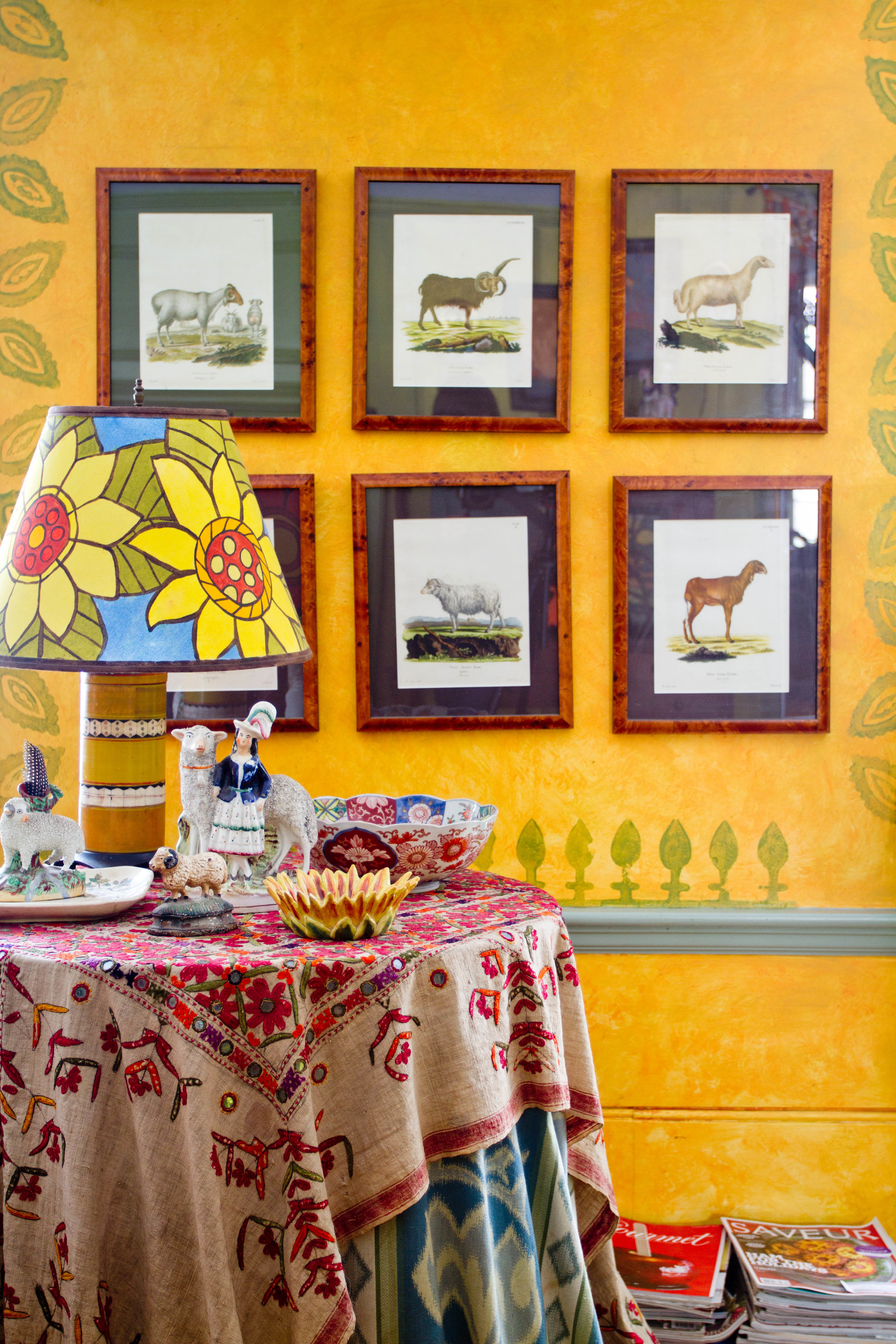Melissa Tyson of Melissa Tyson Designs grew up in Durham, North Carolina with an immediate love for jewelry. She first started making jewelry as a kid, and recalls scavenging construction sites for electrical wires, pulling out colored pieces, and making jewelry to sell at the swimming pool in the summer. Though she loved it from an early age, she went to college think she would become an accountant. “I hated it,” she laughs, “I transferred to East Carolina University for art school and it was there that I took my first metalsmithing class. The minute I touched it I knew that was what I wanted to do.”
Melissa received a BFA in Metalsmithing from ECU with a goal to travel and learn the trade from as many artisans as possible. She was immediately swept up in an adventure learning from some of the world’s most interesting and talent smiths. “I apprenticed with a swordsmith creating Damascus Blades, with blacksmiths in Montana, a famous goldsmith in Italy that has created jewelry for Kings and Queens–no joke–with local gem-setters & Gemologists, with Lapidary Artists…,” she remembers, “I may be forgetting a few but I have always loved to learn, and I feel goldsmithing is one of those crafts that I could spend the rest of my life learning new things about and still never learn it all!”
For the last fifteen years Melissa has been designing custom wedding and engagement rings and jewelry in her unique and fluid organic style she developed in her early days learning the trade. She designs each piece by hand giving each of her creations a slightly unique quality with different artist’ marks appearing through the process. “The design of my rings is meant reflect a natural beauty we all possess, we all have human flaws but those are the things that make us beautiful. I hope people see the same quality in my work.”
Melissa intends for all of her jewelry to be special works of art, as she feels we all are. This ideas leads her to find and use many natural stones in her travels that she then brings home to use in her designs. “I often find myself on vacation emptying out my luggage to fill it with rocks and stones my husband graciously lugs through the airport for me,” she laughs. “It’s an all-consuming passion.”
In addition to finding unique natural stones, Melissa recycles silver and other metals to make her jewelry unique and also ‘green’. By recycling the scraps of her work and melting and molding them into new pieces she is able to reduce her impact on the environment. In fact, one of her favorite things about designing custom pieces is that she is able to work with clients to refurbish or rebirth customer’s heirloom jewelry into beautiful new pieces. “I like being able to take something typically tucked away in a lockbox that someone has sentimental value for but doesn't wear and turning it into something new and beautiful that they can then pass down themselves,” she explains.
For Melissa, that’s what the process of smithing is all about, creating something special for people that they can hold dear in their life’s journey. “I'm an adventurer at heart and I love people, traveling, God, my family, dancing and making art,” Melissa says. “My Dad once said to me,–‘Melissa you are making treasured heirlooms that will travel down generations’–and I hope that’s what my work means to everyone.”Melissa Tyson of Melissa Tyson Designs grew up in Durham, North Carolina with an immediate love for jewelry. She first started making jewelry as a kid, and recalls scavenging construction sites for electrical wires, pulling out colored pieces, and making jewelry to sell at the swimming pool in the summer. Though she loved it from an early age, she went to college think she would become an accountant. “I hated it,” she laughs, “I transferred to East Carolina University for art school and it was there that I took my first metalsmithing class. The minute I touched it I knew that was what I wanted to do.”
Melissa received a BFA in Metalsmithing from ECU with a goal to travel and learn the trade from as many artisans as possible. She was immediately swept up in an adventure learning from some of the world’s most interesting and talent smiths. “I apprenticed with a swordsmith creating Damascus Blades, with blacksmiths in Montana, a famous goldsmith in Italy that has created jewelry for Kings and Queens–no joke–with local gem-setters & Gemologists, with Lapidary Artists…,” she remembers, “I may be forgetting a few but I have always loved to learn, and I feel goldsmithing is one of those crafts that I could spend the rest of my life learning new things about and still never learn it all!”
For the last fifteen years Melissa has been designing custom wedding and engagement rings and jewelry in her unique and fluid organic style she developed in her early days learning the trade. She designs each piece by hand giving each of her creations a slightly unique quality with different artist’ marks appearing through the process. “The design of my rings is meant reflect a natural beauty we all possess, we all have human flaws but those are the things that make us beautiful. I hope people see the same quality in my work.”
Melissa intends for all of her jewelry to be special works of art, as she feels we all are. This ideas leads her to find and use many natural stones in her travels that she then brings home to use in her designs. “I often find myself on vacation emptying out my luggage to fill it with rocks and stones my husband graciously lugs through the airport for me,” she laughs. “It’s an all-consuming passion.”
In addition to finding unique natural stones, Melissa recycles silver and other metals to make her jewelry unique and also ‘green’. By recycling the scraps of her work and melting and molding them into new pieces she is able to reduce her impact on the environment. In fact, one of her favorite things about designing custom pieces is that she is able to work with clients to refurbish or rebirth customer’s heirloom jewelry into beautiful new pieces. “I like being able to take something typically tucked away in a lockbox that someone has sentimental value for but doesn't wear and turning it into something new and beautiful that they can then pass down themselves,” she explains.
For Melissa, that’s what the process of smithing is all about, creating something special for people that they can hold dear in their life’s journey. “I'm an adventurer at heart and I love people, traveling, God, my family, dancing and making art,” Melissa says. “My Dad once said to me,–‘Melissa you are making treasured heirlooms that will travel down generations’–and I hope that’s what my work means to everyone.”






























































